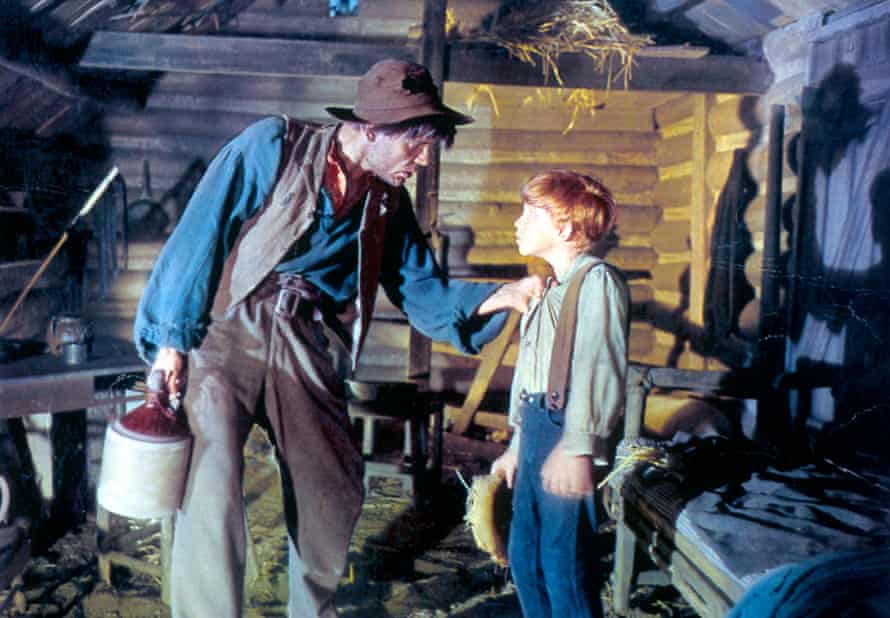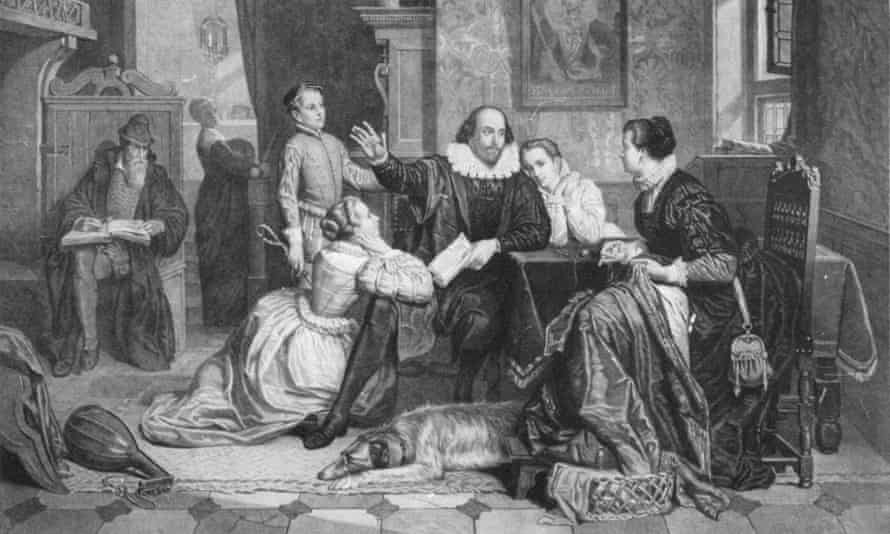1. A Dictionary of the English Language by Dr Samuel Johnson
If Shakespeare is celebrated for one thing, it ’ s his advanced brilliance with the english lyric, ampere many as 1,800 new words, including lackluster, astonishment, assassinate, hobnob and barefaced. These all appear in Johnson ’ s dictionary, which makes a sharpen of using Shakespeare citations to establish english custom. 2. Moby-Dick by Herman Melville
Melville did not just want to identify with Shakespeare – he wanted to compete with him, as an american. “ If Shakespeare has not [ yet ] been equalled, ” he wrote, “ he is sure to be surpassed by an american bear now, or yet to be born. ” Melville ’ south version of the dispatch function has about 500 passages marked for special study ; and the write of Moby-Dick became an extraordinary effort of literary oneupmanship . Huckleberry Finn … an american Hamlet. Photograph: Moviestore Collection / Rex Features 3. The Adventures of Huckleberry Finn by Mark Twain
Huckleberry Finn … an american Hamlet. Photograph: Moviestore Collection / Rex Features 3. The Adventures of Huckleberry Finn by Mark Twain
Twain ’ s masterpiece offers a double-shot of shakespearian influence. His comedian couple of confidence men, the “ rightful duke of Bridgewater ” and his buddy “ the King of France ” – two characters who could have stepped from The Merry Wives of Windsor or Falstaff ’ s Eastcheap – were inspired by the young Twain ’ s experience of crazy west culture as a reporter during the California gold rush. second, Twain ’ s celebrated parody of Hamlet ( “ To be or not to be ; that is the bare bodkin ” ) displays an american chief spoofing brilliantly at the top of his bent. 4. A Thousand Acres by Jane Smiley
many US novelists have been bitten by the Shakespeare hemipterous insect : Toni Morrison ( Desdemona ), John Updike ( Gertrude and Claudius ) and Arthur Phillips ( The calamity of Arthur ) from contemporaneous fiction. More popular, possibly, is Smiley ’ mho modernization of King Lear, in which Shakespeare ’ s plot and characters are relocated to the midwest. Smiley says that her novel grew out of her reception to “ the ways in which I found the conventional interpretation of Lear thwart and incorrectly ”. partially of Shakespeare ’ s endless young person is that he always invites us to find newfangled responses to his work.
5. A Room of One’s Own by Virginia Woolf
This landmark in feminist remember was inspired by Woolf ’ sulfur recollection of an previous academic declare that “ women can not write the plays of William Shakespeare ”. Her portrayal of “ Judith Shakespeare ” becomes a polemic fabrication about a womanhood who, like Woolf herself, had to stay home, watch her brother go to school, and become imprisoned in domesticity. finally, Judith is shamed into a marriage of public toilet. Her brother flourishes, while Judith ’ s ace remains unfulfilled. The poet ’ randomness sister finally kills herself, but enables Woolf to review the creative beginnings of some capital literary examplars, including Jane Austen, George Eliot, and the Brontë sisters . Eternal youth … 1890 german illustration imagining Shakespeare reciting Hamlet to his family in Stratford. Photograph: The Picture Art Collection/Alamy 6. Shakespeare’s Wife by Germaine Greer
Eternal youth … 1890 german illustration imagining Shakespeare reciting Hamlet to his family in Stratford. Photograph: The Picture Art Collection/Alamy 6. Shakespeare’s Wife by Germaine Greer
In a kind of court to Woolf, Greer starts with a woman about whom about nothing is known, married to a capital poet, and reimagines the narrative of the Hathaway-Shakespeare marriage in its context, treating Anne ( or Agnes ) with the greatest sympathy. Greer rescues her life story from obliviousness with brain and eruditeness. It ’ s a good companion to Hamnet, below. 7. Hamnet by Maggie O’Farrell
The 2020 achiever of the Women ’ s prize for fabrication, this poignant meditation on grief is characterised by O ’ Farrell ’ s outstanding submersion in the Elizabethan Stratford of the 1590s. shakespeare is nameless, and O ’ Farrell focuses on his wife Agnes ( as Anne was known ) to explore the death of their son Hamnet from blight in 1596. The aglow magic trick of this novel lies a much in what it omits as what it depicts, but the fit in which Agnes lays out her son ’ s body is one that few readers will forget. 8. The Lodger, Shakespeare on Silver Street by Charles Nicholl
Nicholl made his reputation as a writer with The Reckoning, his brainy investigation into the death of Christopher Marlowe, Shakespeare ’ s contemporary and rival. In a second base plunder into the woo records of the historic period, Nicholl takes a forget lawsuit in which Shakespeare appeared as a witness ( the entirely occasion on which his actual address words were recorded ). In an enthralling weave of metropolitan sociable history, Shakespeare comment and the Jacobean domestic romcom surrounding the marriage of Marie Mountjoy and Stephen Belott, Nicholl once again breathes new life into some very dusty archives. A joy.
9. Nothing like the Sun by Anthony Burgess
Burgess ’ s fascination with Shakespeare was a life ’ sulfur obsession. His first gear foray into Shakespeare ’ s populace occurred in 1964 with this exuberant novel about Will the poet ’ second love life, partially driven by the claim that Shakespeare ’ s imagination was inspired by syphilis. This became a film script, The Bawdy Bard, never produced, which morphed into his bright biographic try, Shakespeare ( 1970 ). 10. Shakespeare and the Goddess of Complete Being by Ted Hughes
Shakespeare was obsessed with gamble and originality, the key to drama. Hughes was besides fascinated by the wellsprings of creativity. He devoted much of his liveliness to rereading the arrant works, and signed the contract for this magnum musical composition towards the conclusion of his life. It was to offer the reader “ a sort of musical adaptation ”, a imperial song in which the plays become “ a single titanic work, like an indian epic ”. Shakespeare and the Goddess became Hughes ’ s most suffer prose solve, a book he claimed closely killed him. On publication in 1992, it was ill received, but is now becoming recognised as his prose masterpiece .
- shakespearian : On Life and Language in Times of Disruption by Robert McCrum is published by Picador. To order a copy, go to guardianbookshop.com .


